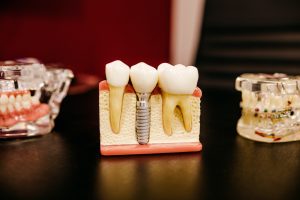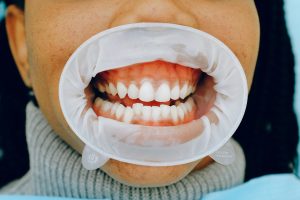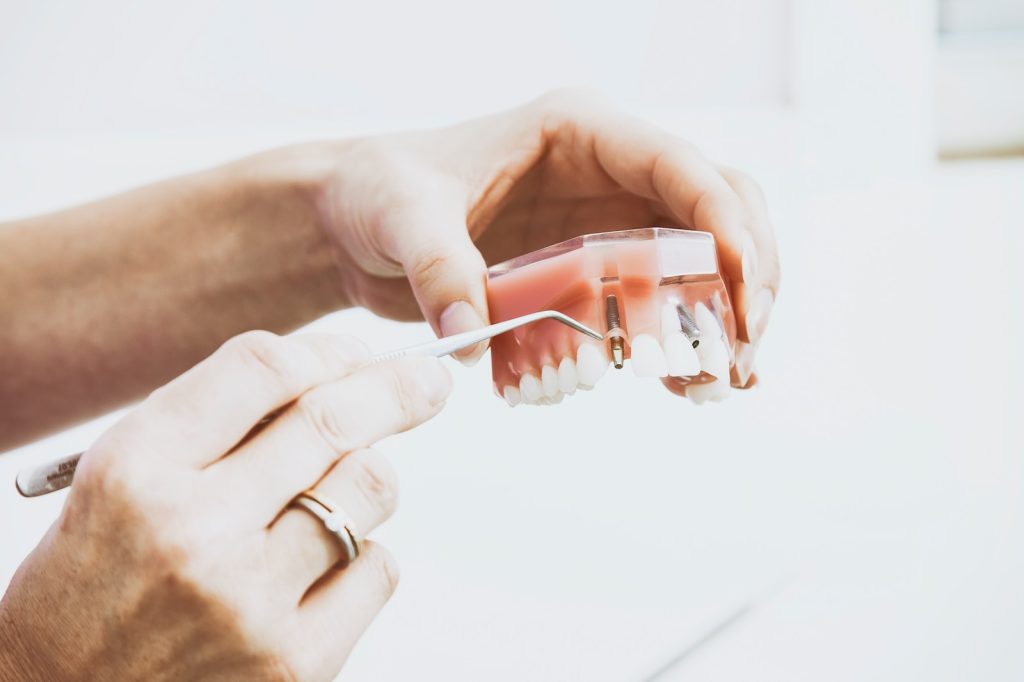Eating chocolate delivers high doses of sugar into the mouth, which can lead to tooth decay and cavities. When sugar is present, bacteria in the mouth turns it into acids, causing further damage to the teeth. The sugar in chocolate exacerbates weakened enamel, making the teeth more susceptible to decay. Additionally, chocolate can potentially stain teeth due to its high chromogen content.
For example, a study conducted by researchers at the University of Pennsylvania School of Dental Medicine found that the consumption of sugary snacks, including chocolate, significantly increased the risk of dental caries. The study involved a group of children who were given different snacks to consume, and their dental health was monitored over a period of time. The results showed that those who consumed chocolate had a higher incidence of tooth decay compared to those who did not consume chocolate.
Furthermore, the impact of chocolate on dental health goes beyond just tooth decay.The sticky texture of chocolate can also contribute to the accumulation of plaque on the teeth, which can lead to gum disease if not properly removed through brushing and flossing. This highlights the importance of maintaining good oral hygiene practices to counteract the negative effects of chocolate on dental hygiene.
The Role of Sugar in Chocolate and Its Effect on Teeth



The high sugar content in chocolate can contribute to tooth decay and cavities. Milk chocolate and white chocolate, which have higher sugar content, may contribute to higher rates of decay. Limiting the consumption of chocolate with high sugar content is important for dental health.
To illustrate this point, a study published in the Journal of Dentistry investigated the relationship between the consumption of different types of chocolate and dental caries. The study found that individuals who regularly consumed milk chocolate had a higher prevalence of cavities compared to those who consumed dark chocolate or no chocolate at all. This suggests that the sugar content in milk chocolate plays a significant role in the development of tooth decay.
Moreover, the frequency and timing of chocolate consumption can also impact dental health. Consuming chocolate as part of a meal, rather than as a standalone snack, can help mitigate the negative effects on teeth.This is because the increased saliva production during a meal can help wash away the sugars and acids, reducing their contact with the teeth. Additionally, enjoying chocolate as a dessert after a meal can help minimize the exposure of teeth to sugar, as the meal itself can help neutralize the acids produced by the bacteria in the mouth.
The Potential Benefits of Dark Chocolate for Dental Health
While chocolate, particularly those with high sugar content, can have detrimental effects on dental health, there are potential benefits associated with dark chocolate. Dark chocolate, with its high cacao percentage and low sugar content, is considered better for dental health. Recent research shows a positive benefit between consuming dark chocolate and lower rates of tooth decay. Dark chocolate contains compounds, such as CBH, that have antibacterial and plaque-fighting properties. In fact, dark chocolate may be better at fighting decay than fluoride treatments.
For instance, a study published in the Journal of Applied Microbiology investigated the antibacterial properties of dark chocolate against oral pathogens. The study found that dark chocolate inhibited the growth of bacteria such as Streptococcus mutans, a major contributor to tooth decay. This suggests that the antibacterial properties of dark chocolate can help protect against dental caries.
In addition to its antibacterial properties, dark chocolate also contains antioxidants that can benefit dental health. Antioxidants help protect the body’s cells from damage caused by harmful free radicals.In the context of dental health, antioxidants in dark chocolate can help protect the gums and other oral tissues from oxidative stress and inflammation. This can contribute to healthier gums and a reduced risk of gum disease.
Tips for Maintaining Dental Hygiene While Enjoying Chocolate
- Enjoy chocolate in moderation, preferably with a meal.
- Brush and floss after consuming chocolate to minimize the risk of tooth decay.
- Maintain a well-balanced diet, including fresh vegetables and plain water.
- Incorporate dark chocolate as a healthier alternative.
- Consume chocolate as part of a meal to reduce teeth exposure to sugar and acids.
- Brush and floss post-consumption to remove residual sugar and plaque.
- Practice portion control to avoid excessive consumption.
- Opt for high-quality dark chocolate with high percentage of cacao and lower sugar content.
Importance of Regular Dental Care and Hygiene Practices
Regular dental check-ups and hygiene appointments are crucial for maintaining oral health. Dentists play a vital role in detecting and addressing any dental issues. Practicing good oral hygiene, such as brushing and flossing regularly, is essential.
For example, a study published in the Journal of Periodontology emphasized the importance of regular dental care in maintaining oral health. The study found that individuals who received regular dental check-ups and cleanings had a lower incidence of dental caries and gum disease compared to those who did not seek regular dental care. This highlights the significance of preventive dental care in maintaining optimal dental hygiene.
In addition to regular dental visits, individuals should prioritize their daily oral hygiene practices. Brushing teeth at least twice a day with fluoride toothpaste and flossing daily can help remove plaque and prevent the buildup of bacteria that can lead to tooth decay and gum disease. It is also important to use proper brushing and flossing techniques to ensure thorough cleaning of all tooth surfaces and gumline.
The Relationship Between Chocolate and Oral Health



Dark chocolate is considered better for dental health due to its high cacao percentage and low sugar content. Good chocolate can help reduce cavities and harmful oral bacteria. Antioxidants present in good chocolate protect teeth and gums. On the other hand, chocolate’s high sugar content can lead to tooth decay and cavities. Balancing the relationship between chocolate and oral health involves portion control, proper oral hygiene, and regular dental visits.
It is important to note that the relationship between chocolate and oral health is complex. While dark chocolate with high cacao percentage and low sugar content has potential benefits for dental health, it is essential to practice moderation and maintain good oral hygiene practices. This includes controlling portion sizes, brushing and flossing regularly, and visiting the dentist for regular check-ups to ensure optimal oral health.
Moreover, the type of chocolate consumed can also have an impact on its effects on oral health. Milk chocolate and white chocolate, which have higher sugar content and lower cacao percentage, are more likely to contribute to tooth decay and other dental issues compared to dark chocolate. This is due to the higher sugar content in milk and white chocolate, which provides a favorable environment for bacteria to thrive. Therefore, choosing dark chocolate over milk or white chocolate can be a healthier choice for dental health.
Dark Chocolate as a Preventative Measure
Dark chocolate with at least 70% cacao has health benefits. Antioxidants in dark chocolate help prevent cell damage and chronic diseases. Tannins in dark chocolate inhibit bacterial growth on teeth and reduce plaque biofilm. Polyphenols in dark chocolate neutralize bacteria that cause bad breath and prevent gum disease and tooth decay. Theobromine in cacao seeds is safe for humans and can be swallowed. One dark chocolate square a day is recommended for its health benefits.
To further emphasize the potential benefits of dark chocolate, research has shown that it contains various compounds that can contribute to dental health. For example, the antioxidants present in dark chocolate help prevent cell damage and reduce the risk of chronic diseases. The tannins in dark chocolate have been found to inhibit bacterial growth on teeth and reduce plaque biofilm, promoting healthier teeth and gums. Additionally, the polyphenols present in dark chocolate neutralize bacteria that cause bad breath and help prevent gum disease and tooth decay. These findings suggest that incorporating a small daily portion of dark chocolate into a well-balanced diet can have positive effects on oral health.
Furthermore, theobromine, a natural compound found in cacao seeds, has been found to have certain effects on dental health. Theobromine is safe for humans to consume and can be swallowed. It has been shown to have a remineralizing effect on tooth enamel, helping to repair and strengthen it. This can be beneficial in preventing tooth decay. Additionally, theobromine has been found to have antibacterial properties, inhibiting the growth of harmful bacteria in the mouth. This can help reduce the risk of gum disease and tooth decay.
In conclusion, while chocolate can have negative effects on dental hygiene due to its high sugar content, dark chocolate with high cacao percentage and low sugar content can have potential benefits for oral health. The compounds found in dark chocolate, such as theobromine, antioxidants, and polyphenols, can contribute to dental health by promoting remineralization, inhibiting bacterial growth, and preventing gum disease and tooth decay. However, it is important to consume chocolate in moderation, practice good oral hygiene, and seek regular dental care to maintain optimal dental hygiene. By following these guidelines, individuals can strike a balance between enjoying chocolate and keeping their teeth healthy.

